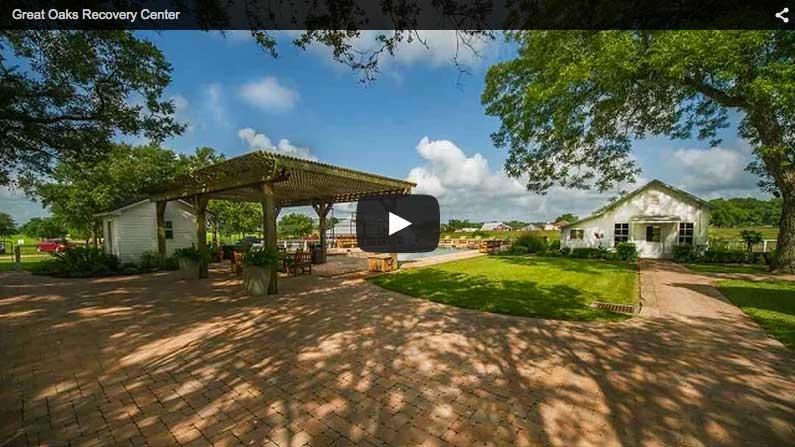An important aspect of a successful daily recovery practice is using techniques that support your mental and physical wellness. Some people love to exercise first thing in the morning. Others only scroll social media channels once per day. Still others pay close attention to their daily eating habits. Another potential tool in your kit might include mindfulness.
What Is Mindfulness and Why Does It Help You?
It’s the practice of purposefully paying attention to the present moment, with openness and without judgment. It can be as simple as noticing your breath or listening deeply to your surroundings. This ancient practice has roots in Buddhist meditation, but it’s now widely used in Western healthcare, psychology, and wellness programs.
According to the National Center for Complementary and Integrative Health (NCCIH), mindfulness is used in many therapeutic approaches—including mindfulness-based stress reduction and mindfulness-based cognitive therapy—to help manage pain, anxiety, depression, and more. The organization has funded different research that explores its effectiveness. For example:
- Results published in a 2025 study involving opioid disorder management using both medication and mindfulness techniques revealed that after 24 weeks, the group using both methods instead of just medication experienced a greater reduction in cravings.
- Findings from another study released in 2021 examined how the practice of mindfulness improved the lives of law enforcement officers and reduced anxiety and depression symptoms.
Other Science-Backed Benefits of Mindfulness
Research over the last two decades has shown that mindfulness does more than just make you feel calm—it actually changes how your brain and body function.
Reduces Stress Hormones
The Pacific Neuroscience Institute indicates that people participating in mindfulness programs showed significantly lower levels of cortisol, your body’s primary stress hormone.
Improves Brain Function
According to various researchers, MRI scans reveal that mindfulness meditation increases gray matter density in areas of the brain associated with memory, emotional regulation, and self-awareness.
Supports Physical Health
The National Institutes of Health also reports that mindfulness may help reduce chronic pain, lower blood pressure, and improve sleep quality.
How Can You Practice Mindfulness in Daily Life?
You don’t have to sit cross-legged atop a mountain to practice mindfulness—unless you want to, of course! There are many ways to take a purposeful pause and deliberately pay attention, no matter how busy or overwhelmed you feel. Here are several approaches.
- Mindful Breathing
Take 2–5 minutes to focus on your breath. Inhale slowly through your nose for four counts, exhale through your mouth for four.
Why it helps: When your thoughts are racing or you feel anxious, this method anchors you in the body and activates the parasympathetic nervous system to reduce your heart rate and calm your mind.
- Body Scan
Lie down or sit comfortably. Slowly move your attention through your body—from head to toe—pausing to notice sensations without judgment.
Why it helps: This is especially effective if you’re experiencing high stress or chronic pain, as it helps create a sense of embodiment and relaxation.
- Mindful Walking
Walk slowly and focus on the sensation of your feet touching the ground, the movement of your legs, or the rhythm of your breath as you move.
Why it helps: Movement combined with awareness lifts your mood and reduces agitation. It’s ideal for people who find sitting meditation difficult.
- Mindful Eating
Choose one meal or snack per day to eat mindfully. Pay attention to the color, texture, smell, and taste of each bite.
Why it helps: Slow, mindful eating builds awareness of hunger and fullness cues, improves digestion, and enhances your enjoyment of food. This is often a recommended approach in behavioral therapy programs for eating disorders.
- Single-Tasking
Choose one action—washing dishes, checking emails, even brushing your teeth—and do it with full attention. Resist multitasking.
Why it helps: This technique reduces overwhelm by training your brain to focus on one thing at a time, improving both performance and calmness.
Mindfulness isn’t about emptying your mind or achieving a perfect Zen state. It’s more about showing up for your life, moment by moment, instead of running on autopilot. As these techniques demonstrate, you’re just focusing on a few minutes each day. If your thoughts wander, that’s completely normal—gently bring your focus back.
If you’d like more guidance, try a mindfulness app like Headspace, Smiling Mind, Insight Timer, or Calm. There’s also Mindfulness Coach, designed specifically for Veterans and first responders.
Find More Opportunities for Healing at Great Oaks
Whether you’re dealing with anxiety, chronic pain, or just the daily grind, mindfulness offers a way to meet life with more clarity and ease. But if you need a more in-depth approach to mental and emotional health issues, including alcohol and substance use disorder, turn to us. At Great Oaks Recovery Center outside of Houston, Texas, our board-certified professionals offer you a comprehensive, evidence-based treatment plan enhanced with holistic therapies to help you create a path of true wellness. Ask our admissions team about all the ways we can help you.



